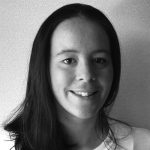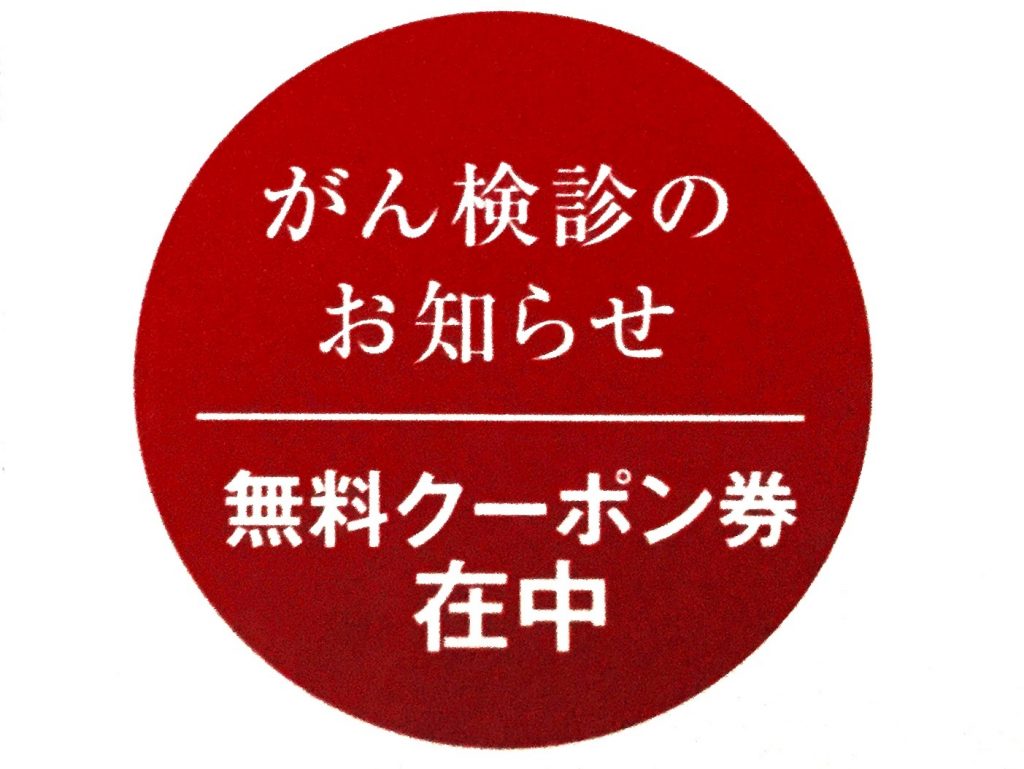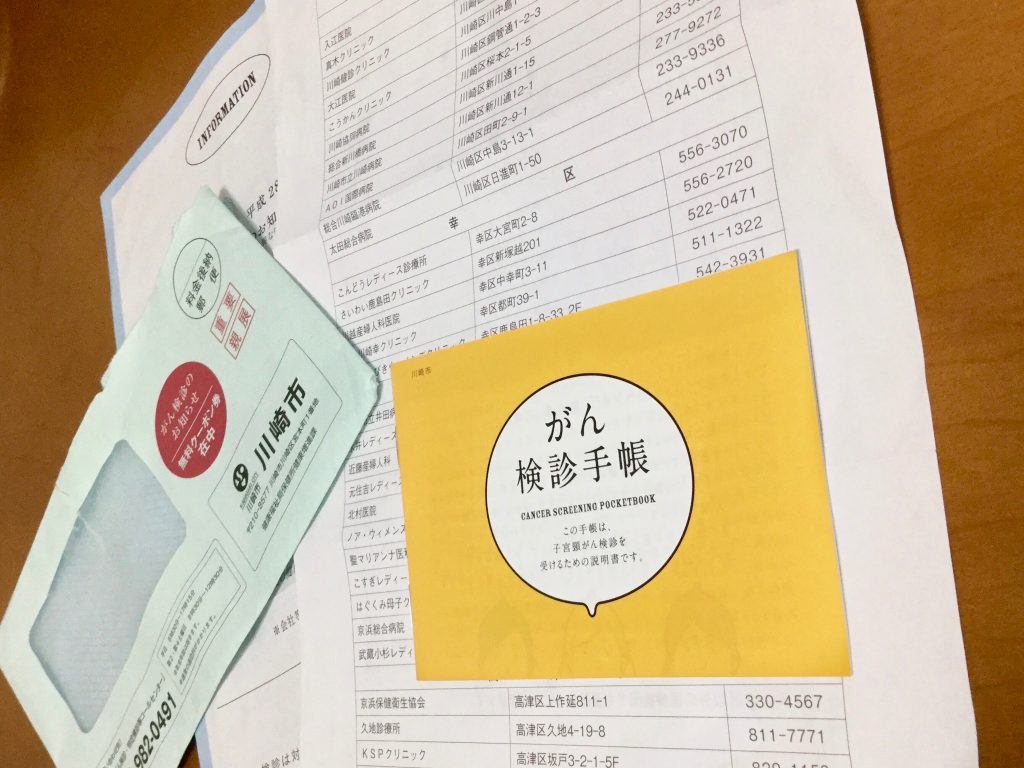Let’s Talk About Cancer Screenings
Prevention & Detection
So, here’s a big topic that we love to toss in the procrastination basket: cervical and breast cancer screenings. While most of us would prefer to avoid such uncomfortable procedures, they can be potentially life-saving — it’s common knowledge that early detection drastically improves prognoses. And because we are all responsible adults here, let’s take a moment to talk about cancer screening basics in Japan.
Cervical and breast cancer screening tests are available at most OBGYN clinics. Fees vary from clinic to clinic, but might start from around ¥7,000 for a basic Pap smear to ¥50,000 plus for a full gynaecological and breast health check-up including ultrasounds and various marker tests.
However, most cities have an established program for providing subsidized cervical cancer screenings (Pap Smear) as well as screenings for breast and other forms of cancer. For example, in Kawasaki City, cervical cancer screenings can be undertaken every two years at a subsidized cost of ¥1,000 for residents aged between 20 and 40 years old. Breast cancer screenings can be received every other year at a subsidized cost of ¥1,300 for residents aged 40 years.
In most cases, you will receive the subsidies available simply by making an appointment at a city-approved clinic and presenting some form of proof of address such as your national health insurance card (hokensho).
In addition to subsidized prices for eligible residents, most cities also provide coupons for free cancer screenings to residents who fit certain criteria.
In Kawasaki, coupons for free cervical cancer screenings are provided to female residents in the years that they become 20, 25, 30, 35 and 40 years of age. Similar coupons are provided for breast cancer screenings to those 40, 45, 50, 55 and 60 years of age. Depending on the city you live in, age eligibility may differ, but in most cases it is quite similar.
How do I get my coupon for free cervical and breast cancer screenings?
You don’t need to do anything to receive your coupons; they should automatically arrive in the mail during the year that you are eligible for a free screening. In most cities it seems that they are sent out around the middle of the year, so keep an eye out. It might come in an envelope marked 無料クーポン券 (muryou ku-pon ken, free coupon ticket) or がん検診 (gan kenshin, cancer health screening).
I’ve received my envelope, what next?
Along with the coupon, inside your envelope you should find a list of city-approved clinics at which you can receive your free cancer screenings (as well as other information about the process). Note that on most occasions, the list comes only in Japanese, but take any pick (because the process will be the same anywhere), and make an appointment by telephone (noted in the hospital list). If your Japanese is basic, tell them the following: “Gan kenshin no muryo ken ga todoki, yoyaku shitai desu.” (I’ve received my free cancer screening coupon and would like to make an appointment.) The rest will go smoothly – just tell them your name, address, contact info and screening date preference.
The screening: what to expect?
When you check in with reception at the time of your appointment, they will likely ask for your health insurance card (hokensho) for proof of address as well as the coupon. If it’s your first visit at that clinic, you will need to fill out the usual form for first-time patients, in addition to the cancer screening questionnaire. The questionnaires for cervical and breast cancer will include information such as the date of your last period, the usual duration of your periods, whether you’ve been pregnant, how many times you’ve given birth, whether your family has a history of breast cancer, whether you have any symptoms such as pain in your breasts or lumps, as well as if you’ve suffered from any serious illnesses. If your Japanese is limited, the google translate app should suffice in helping you to fill out the form.
Next, you will have short discussion with the doctor about your health and any concerns you have.
After that comes the part you’ve been waiting for: the actual screening. If you’re at the hospital for a cervical cancer check up, you’ll be doing a Pap Smear. I won’t say much about it, except that it should be a very quick and painless (although slightly uncomfortable) procedure. Also, the rumors are true: it seems that in most cases you will be separated from the very doctor with whom you were just speaking by a curtain during the procedure. A breast cancer screening will usually begin with a quick palpation procedure, followed by a mammography test.
You will likely have a brief consultation with the doctor again afterwards, during which he or she will inform you about when to expect the results and what is the next standard procedure depending on whether your screening is negative or positive. If you were taking the cervical cancer test, the doctor will also tell you that you may experience some bleeding later that day as a result of the test.
Congratulations! With this you’ve completed the slightly unpleasant procedures and now you can sit and relax, hoping for a notice of “It’s all good” in your mailbox.
The results
The results of your tests will become available around two weeks after the original examination, depending on the clinic. If there are no abnormalities, the whole process ends there until the next time. If there are any concerns, you will be asked to visit the clinic again to discuss the results with your doctor.
Useful language
月経の周期 Gekkei no shuuki (Menstrual cycle)
月経の期間 Gekkei no kikan (Menstrual period)
最終月経はいつですか Saishu gekkei wa itsu desu ka (When was your last period?)
何回妊娠したことがありますか Nankai ninshin shita koto ga arimasu ka (How many times have you been pregnant?)
何回分娩したことがありますか Nankai bunben shita koto ga arimasu ka (How many times have you given birth?)
経膣分娩 Keichitsu bunsen (Vaginal delivery)
帝王切開 Teiou sekkai (C-section)
出欠 Shukketsu (Bleeding)
自覚症状 Jikakushojo (Subjective symptoms)
しこり Shikori (Lump)
乳がん検診歴 Nyugan Kenshin-reki (Past breast cancer screenings)
視触診 Shishokushin (Clinical breast examination)
マンモグラフィ Mammography (Mammography)













